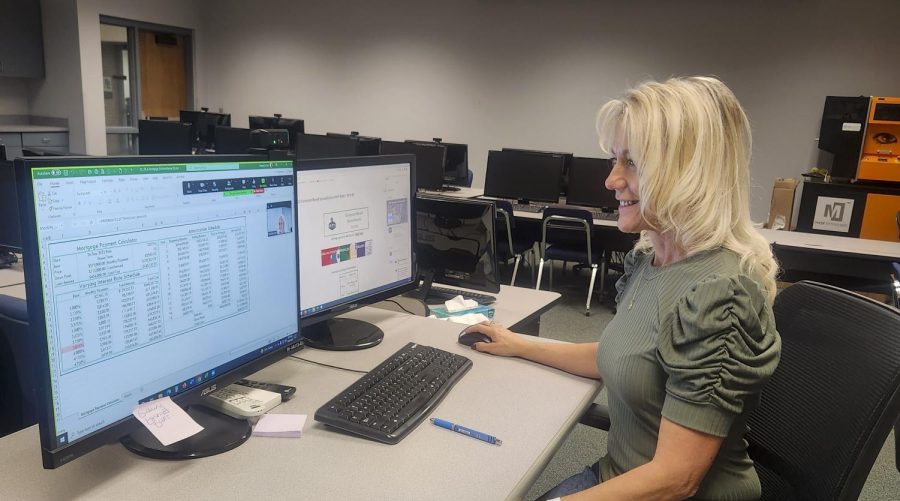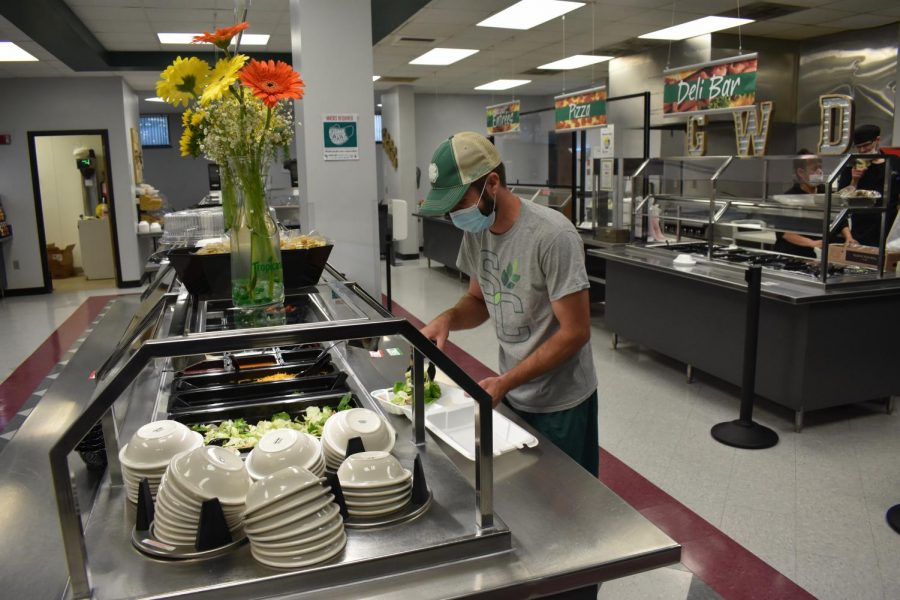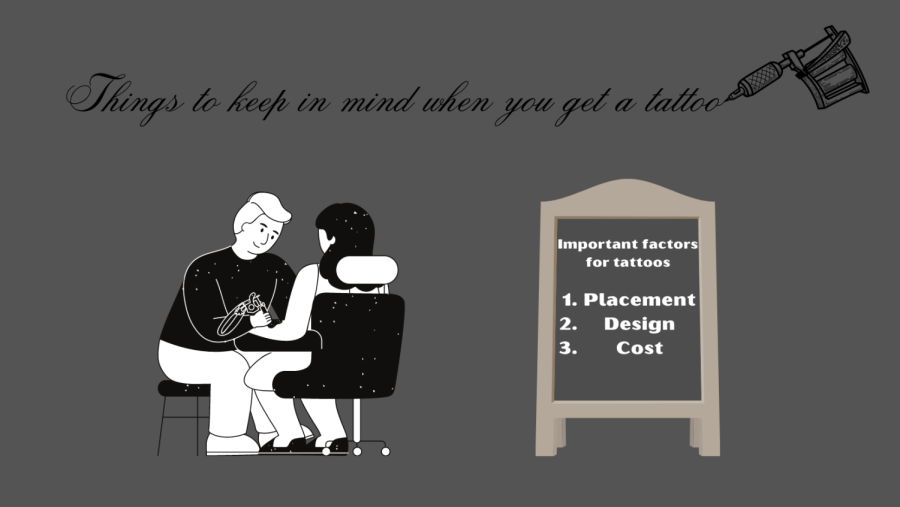Women take seat at the big table
February 21, 2019
This year marked the start of an interesting change in Congress as the 116th class of Congress has some new faces, ones that I hoped to eventually see. More women have been elected in this year, an astounding 23 percent as indicated by Pew research center.
This has been marked as a record-breaking high in history.
https://twitter.com/MariaTeresa1/status/1080890695404142593
The speaker of the house, Nancy Pelosi, will stand alongside men and (more) women making decisions that will affect the United States. It’s inspirational to see so many women taking on more leadership roles. This means there will be more diverse opinions and thoughts when it comes to politics, which is something we desperately need.
But what can these women also change that hasn’t already happened? Well for one we need to address the wage gap.
Women get paid 80.5 cents for every dollar their male counterpart makes. This marks the gender gap at 20 percent. If two people are applying for the same job and have the same qualifications and the two people happen to be male and female, then the pay rate should be equal.
Any idea that women are less than or not qualified enough should be erased. Time and time again women have proved themselves to be just as capable as a man to do any job, so why can’t we be seen as such?
Who run the world? Well, the #116th Congress?@AyannaPressley @IlhanMN @AOC @Deb4CongressNM @sharicedavids #BlueWave pic.twitter.com/xafGoby9w2
— Donna Brazile (@donnabrazile) January 5, 2019
Along with the gender wage gap, another topic has astoundingly come to question: maternity leave. More mothers are becoming apart of the Congress class now.
According to the Pew Research Center, about 66 percent of women who are pregnant, continue to work throughout their pregnancy.
Women who have a higher education such as bachelors or higher are reported that 87 percent of them continue to work throughout pregnancy.
More and more women are choosing to maintain a career and motherhood. There should be safe and equal options available to them if they choose to continue down this path, such as longer maternity paid leave. A man who is in the workforce isn’t given mistreatment nor ultimatums like women are given, so why are women made to choose between a baby and a career? They should have the option to do one at a time with no rush and discrimination.
Women in the U.S are most likely to go back to work within six months or less of giving birth. The U.S is the only developed country that doesn’t mandate paid maternity leave. This puts women in a tough spot when planning to have a child financially.
This also raises the question of pregnancy and the workforce, if women who have demanding careers are able to manage both. Of course, it can be managed but there is a side that is slacking. There is a need for more career support for working mothers. Women are career oriented, not just caregivers. Woman are valuable in the workforce.
An addition had been made to the civil rights act of 1978, which was called the pregnancy discrimination act. This act “prohibits sex discrimination on the basis of pregnancy.”
Although your employer can’t legally fire you for being pregnant, it can keep you from getting a promotion. In society, women are seen as unreliable and unwilling to work if they are expecting a child. But of course, that’s not true. Women make almost half of the workforce (47 percent). About 10 million of those women own businesses.
More women are earning college degrees, and even more, women are taking part in male-dominated fields of work such as STEM (Science, Technology, Engineering, and mathematics) occupations. More women are becoming apart of the STEM workforce than ever in history.
It's a new day in America.#116thCongress #Ilhan pic.twitter.com/n6BufJesTD
— Ilhan Omar (@IlhanMN) January 3, 2019
So why don’t we have a say in our local and federal government?
Women are breaking the glass ceiling that has kept most of us behind traditional gender roles and stereotypes. We have gained a chance to finally sit at the big table and make some progress. Having a say in what goes on in our government and taking part in bills that have to do with our self-being is an obligation.
One woman at a time, we can make our environment, our government, and even our daily lives better if more women care to step up to make a change.














![The sophomores were recognized on the field instead of walking across the stage during their doubleheader. They received their diplomas and a picture of themselves playing during their career at Seward. [Pictured left to right are Dylan Day, Reed Thomas, Jase Schneider, Mason Martinez, Gannon Hardin, Brody Boisvert, and Zach Walker]](https://crusadernews.com/wp-content/uploads/2022/05/WEBDSC_0275-900x454.jpg)




































































